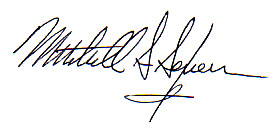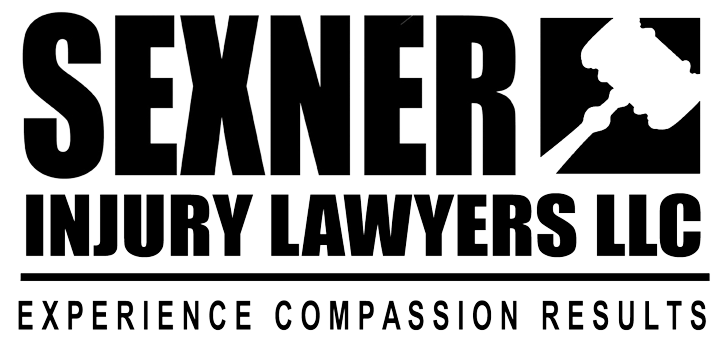 The safety of vacuum extraction depends a great deal upon how it is performed and the particular situation in which a Chicago-area doctor suggests using it as an option during childbirth. In general, the risks are quite similar to those faced in standard childbirth, though typically at a somewhat higher rate. There is also the possibility that the extraction can fail, at which point additional medical procedures such as a caesarian section may be necessary.
The safety of vacuum extraction depends a great deal upon how it is performed and the particular situation in which a Chicago-area doctor suggests using it as an option during childbirth. In general, the risks are quite similar to those faced in standard childbirth, though typically at a somewhat higher rate. There is also the possibility that the extraction can fail, at which point additional medical procedures such as a caesarian section may be necessary.
Any medical procedure includes inherent risks, although experienced medical professionals can reduce those risks by following proper steps and acting appropriately throughout the process. During a prolonged childbirth in which the baby does not seem to be moving over the course of several hours of pushing by the mother, additional steps may be necessary to assist with the birth. In general, any facility that uses vacuum extraction should also be properly equipped and prepared to perform a caesarian section birth.
As with most childbirth procedures, the risks involved are to both the mother and the child. Risks to the mother include pain in the perineum after delivery, tears and wounds to the lower genital tract, and anemia due to blood loss during delivery. There are additional risks of postpartum bleeding and infection if an episiotomy is performed during childbirth. Short-term difficulty urinating can follow a vacuum extraction, and both short-term and long-term incontinence is a risk after such a procedure.
Risks to the baby include scalp wounds, since the vacuum device is affixed to the scalp of the child, which can be especially problematic if any scalp tissue samples had to be taken during pregnancy. There is a higher risk of the baby's shoulders becoming stuck after the head is delivered, which can lead to injuries to the baby's nervous system or collarbone. Bleeding within the skull is also a serious risk during vacuum extraction, though serious injuries are rare.
If a doctor attempts a vacuum extraction and it fails, then a caesarian section may be necessary to complete childbirth. A C-section can also be an alternative to vacuum extraction if you are not comfortable with these risks. Your doctor should choose the best option for your specific situation, and failure to do so may result in liability for birth injuries that occur to the mother or infant.
When doctors make the right decisions and act according to the best medical practices available, the risk of injury or complication is greatly reduced. Injuries that occur due to negligence, however, can be quite serious and the medical staff may be liable for such accidents. If you or a loved one has been injured due to a vacuum extraction, then contact the birth injury attorneys at Sexner Injury Lawyers LLC today at (312) 243-9922 to discuss your case and talk about your options.


